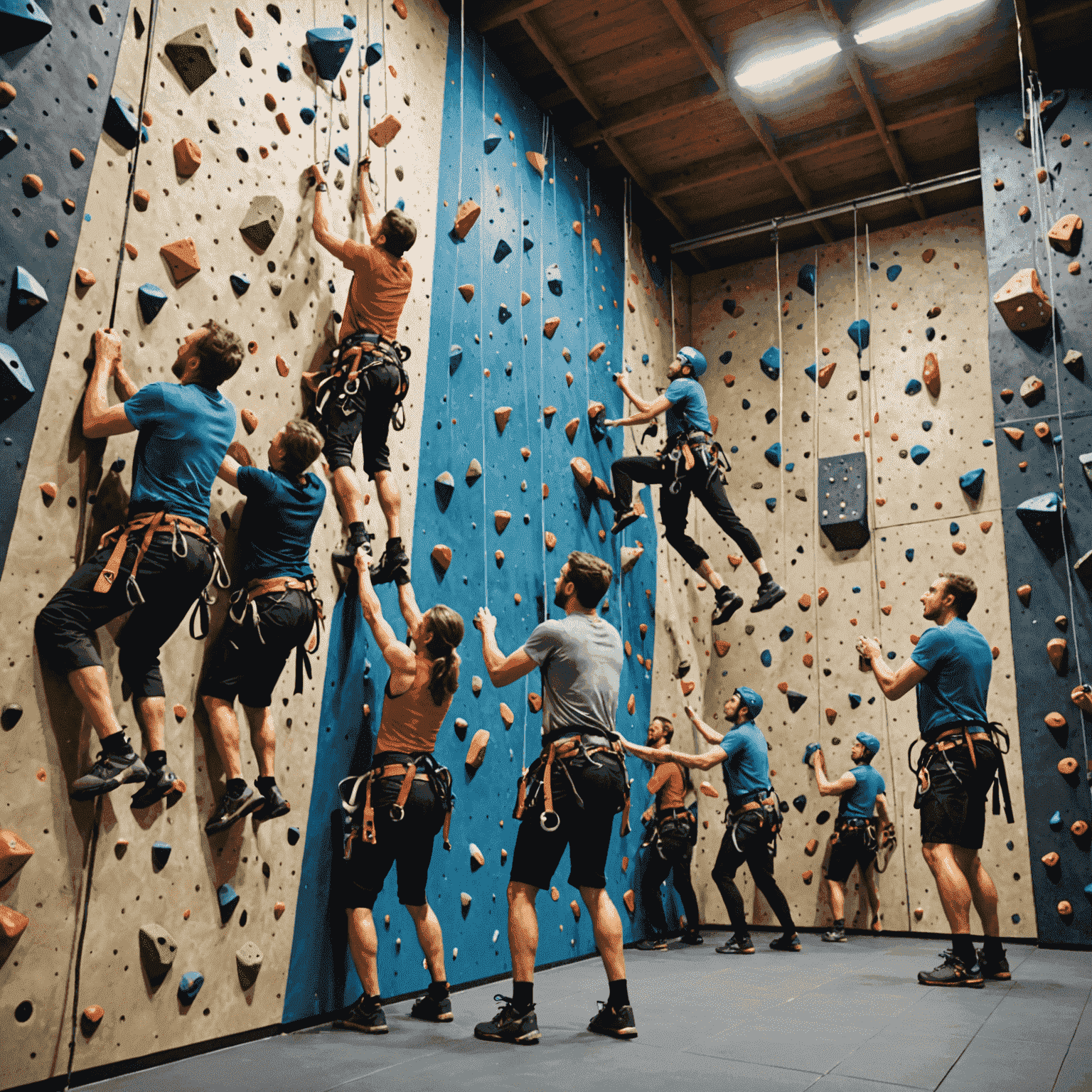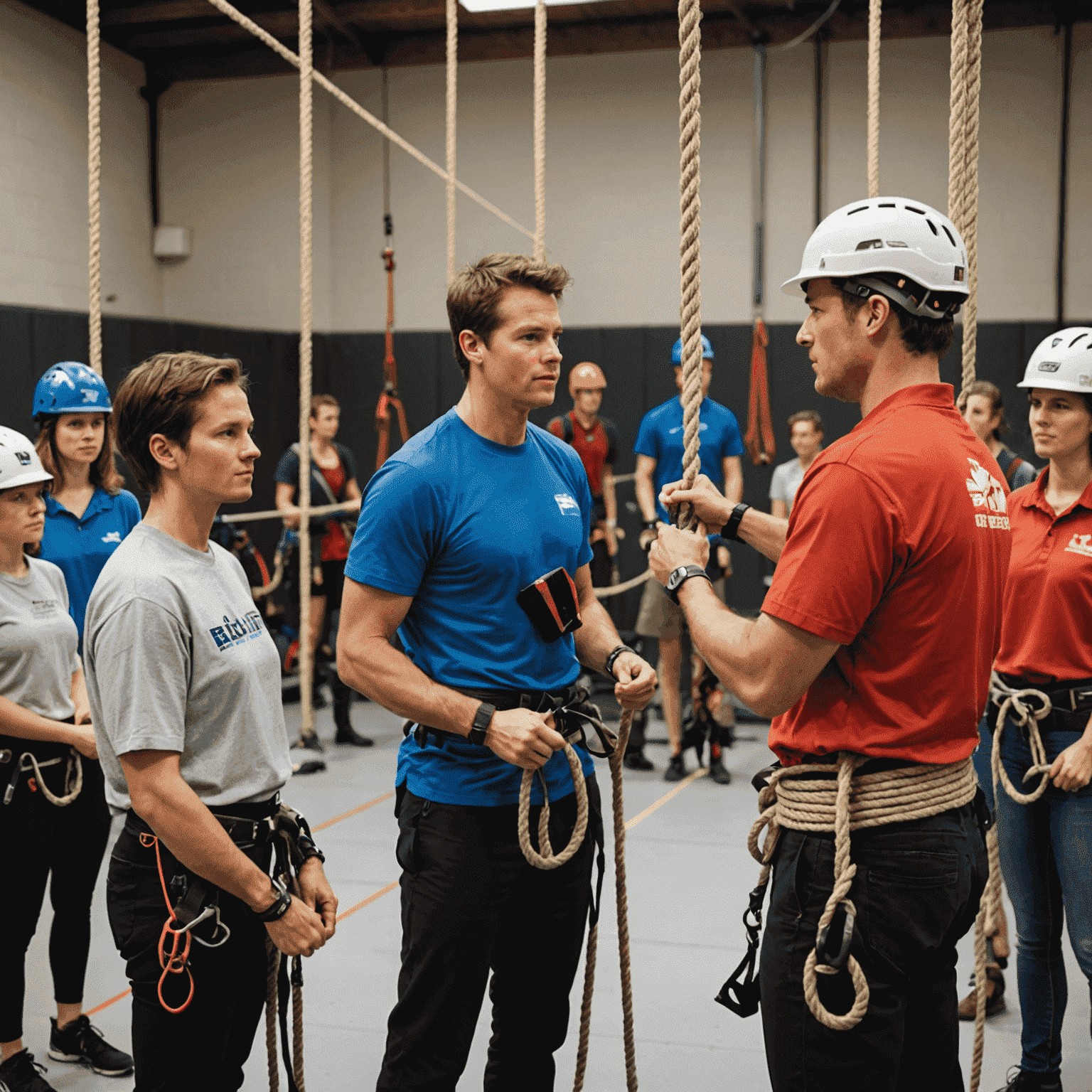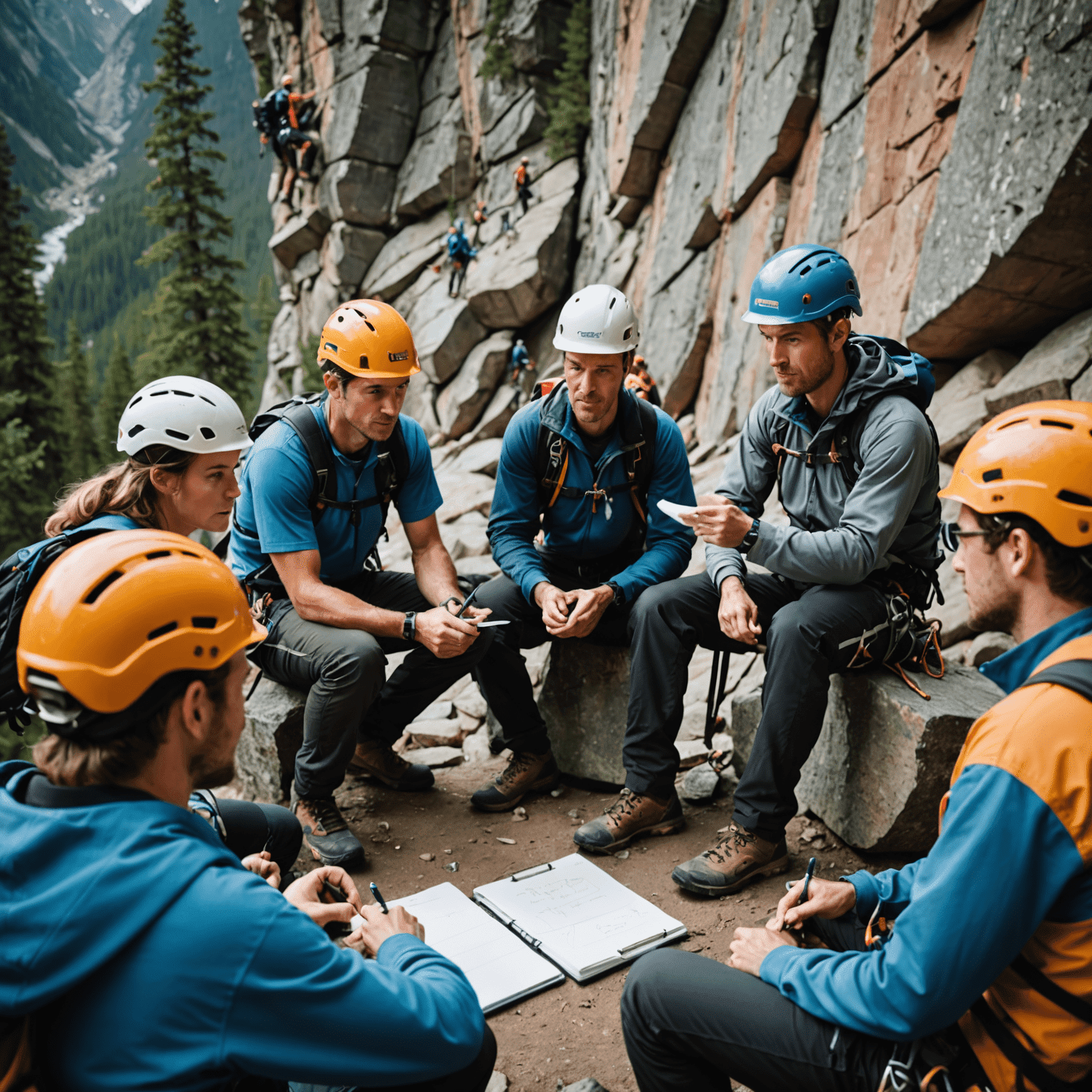Safety First: New Protocols in Climbing Courses

Rock climbing enthusiasts and beginners alike will be pleased to learn about the latest advancements in safety measures for climbing courses. These new protocols aim to enhance the overall safety and experience of climbers, ensuring that the thrill of the ascent is matched by robust security measures.
Enhanced Equipment Checks
One of the key improvements in climbing safety is the implementation of more rigorous equipment checks. Instructors now perform triple-checks on all gear, including harnesses, ropes, and carabiners, before any climber leaves the ground. This meticulous approach significantly reduces the risk of equipment-related incidents.
Advanced Belay Techniques
Climbing courses are now incorporating advanced belay techniques that provide an extra layer of security. These methods, inspired by professional climbing competitions, ensure that climbers are always protected, even in the unlikely event of a primary belay failure.

Comprehensive Fall Prevention Training
A new module focusing on fall prevention and recovery has been added to climbing courses. This training covers proper falling techniques, how to recognize and avoid potential falls, and methods to quickly regain composure after a slip. These skills are crucial for both indoor and outdoor climbing scenarios.
Environmental Awareness
For outdoor climbing courses, there's now a greater emphasis on environmental awareness. Climbers are taught to assess weather conditions, rock stability, and potential natural hazards. This knowledge not only enhances safety but also promotes responsible climbing practices that protect the natural environment.
Mental Preparation and Communication
Recognizing the importance of mental readiness in climbing, courses now include sessions on mental preparation and effective communication between climbing partners. Clear, concise communication protocols have been established to ensure that all climbers and belayers are always on the same page.

Regular Safety Audits
Climbing facilities and course providers are now subject to more frequent and thorough safety audits. These assessments ensure that all safety protocols are up-to-date and consistently implemented across all levels of instruction.
With these new safety measures in place, rock climbing courses are safer than ever before. Whether you're a seasoned climber looking to refine your skills or a beginner ready to take on your first ascent, you can feel confident that your safety is the top priority. These protocols not only protect climbers but also enhance the overall learning experience, allowing enthusiasts to focus on improving their technique and enjoying the exhilarating world of rock climbing.